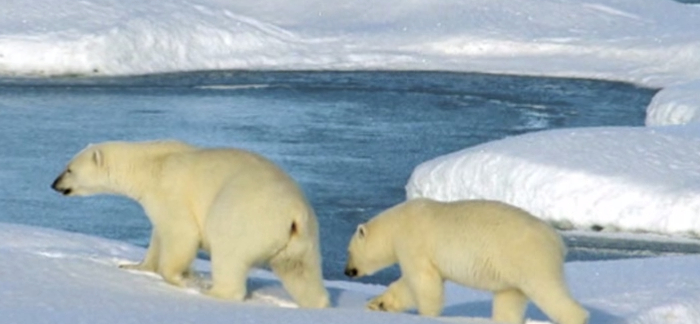

Bellow that write your name, your school name, your teacher’s name and date. First line will read “Tundra Model” or “Model of Tundra”.
#BLUE PLANET BIOMES TUNDRA INSTALL#
Make a small description card and install it on the front side of your model. Place samples of tundra animals on your tundra landscape. Finally use a hair dryer to dry the surface or leave it in a warm room to dry naturally. As dry vegetables you may use dill weeds. To make short fibers you can use scissors to cut some green fabric or yarn. while the glue/paint mixture is still wet, you can also sprinkle some short fibers or dry vegetables on the surface. Use your creativity to make it as nice as possible). To give it some accent, also apply some black, light brown, white and yellow in a random, natural distribution. It is ok for the color to run into the fabric. Mix some green color with that and apply it to the surface of the cloth. This cotton cloth will be the surface of the ground in a tundra biome, so you must decorate it to look like it.ĭilute some white glue so you can apply it by a brush. Glue the edges of the cloth to the base board and use small pins to hold them in place until the glue dries. These newspapers will shape the underground of a tundra.Ĭover the newspapers with a soft cotton cloth. Use larger pieces for higher elevations and smaller pieces or nothing for lower elevations. Shrink some newspaper pages and tape them to the base board. The landscape of a tundra has natural up and downs. You will construct your model in this board, so it should be rigid and as light as possible. Instead of cardboard you may also use foam board that is usually sold in craft stores. Get a tray or a heavy corrugated cardboard that is at least 30cm x 45 cm or larger for your base board. Using materials found at home or available in your local art/craft stores make a model to display the tundra environment including plants and animals. Other types are the dwarf willow that are small tundra shrubs and the cushion plants that grow in low, tight clumps to protect them from the cold. Some of the major ones are the lichen which grows on rocks and is made of fungus and algae living and growing together.

Vegetation or plants are in abundance in the tundra. The growing season is short and can last up to 60 days. Trees and plants have a hard time growing in these conditions. The permafrost prevents drainage of excess moisture. The permafrost lies six inches below the ground. This causes the moisture to be absorbed into the ground which is called permafrost. The precipitation received in this biome is less than ten inches a year. In the winter the weather can reach -50 degrees Fahrenheit. In the summer the soil becomes very soggy because of the melted permafrost. The tundra experiences 24 hour long days. These low swampy plains are found in Northern Europe, Siberia, Northern most part of North America, and a few places in the southern hemisphere.Īll locations reach low temperatures that can freeze on any night, even in the tropical locations. The tundra covers about one fifth of the land surface found on Earth. This biome lies above the Arctic Ocean in the world’s highest northern latitudes. The tundra is the coldest and the driest of all the biomes on Earth. The most common animals found in the tundra are the caribou, reindeer, and the lemming. Some prehistoric animals have been found preserved in the thick permafrost. The growing season in the tundra is very short due to the frozen permafrost that only begins to thaw in mid-summer. During this short period of time, the blooms are brilliant. Some plants and shrubs bloom in early autumn. The tundra can be found in the high northern latitudes of the world. Hopefully, this page will increase your general knowledge of biomes. Thus, conservation and preservation of biomes should be a major concern to all. More recently, human activities have drastically altered these communities. Biomes have changed and moved many times during the history of life on Earth.


 0 kommentar(er)
0 kommentar(er)
